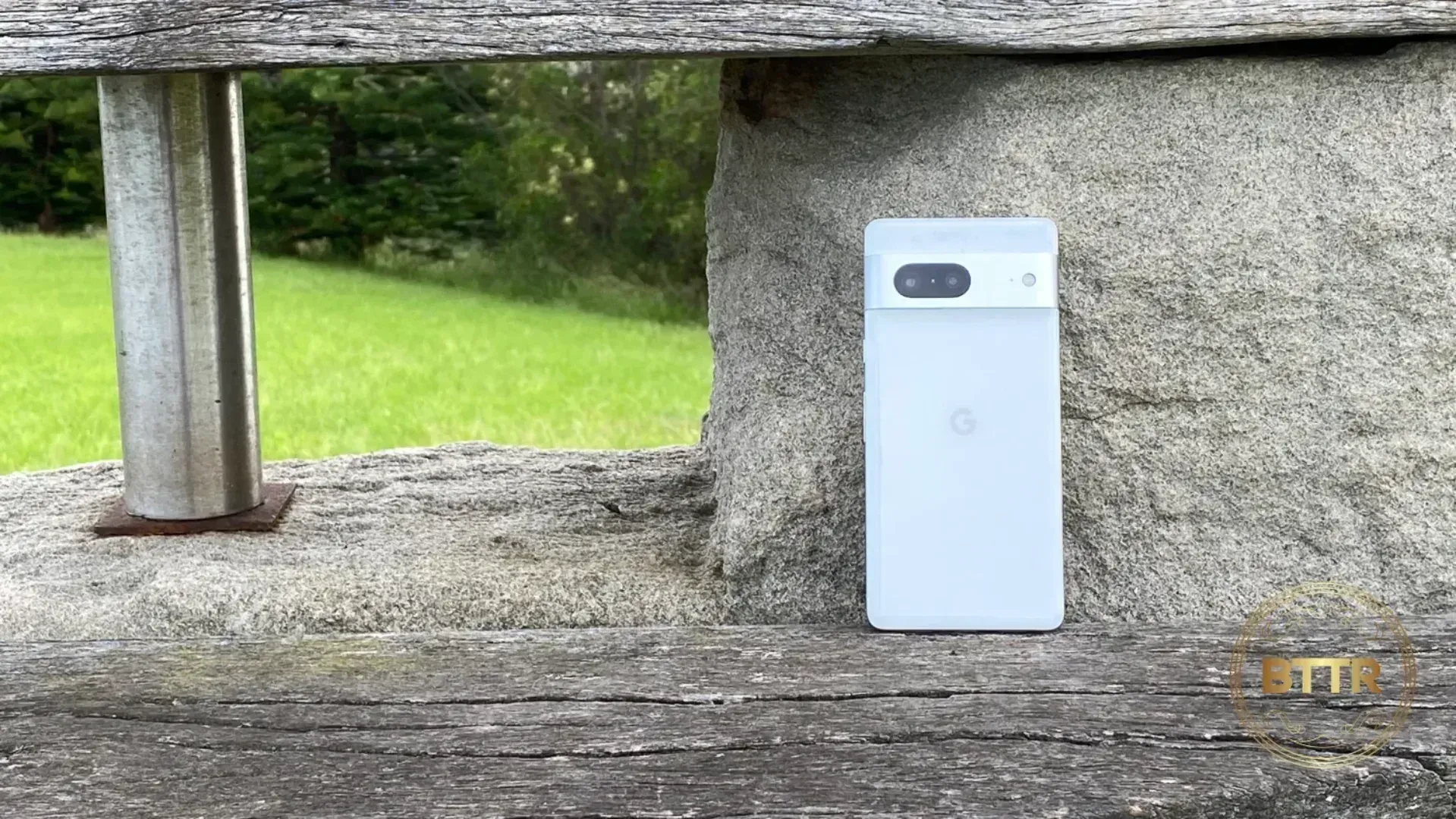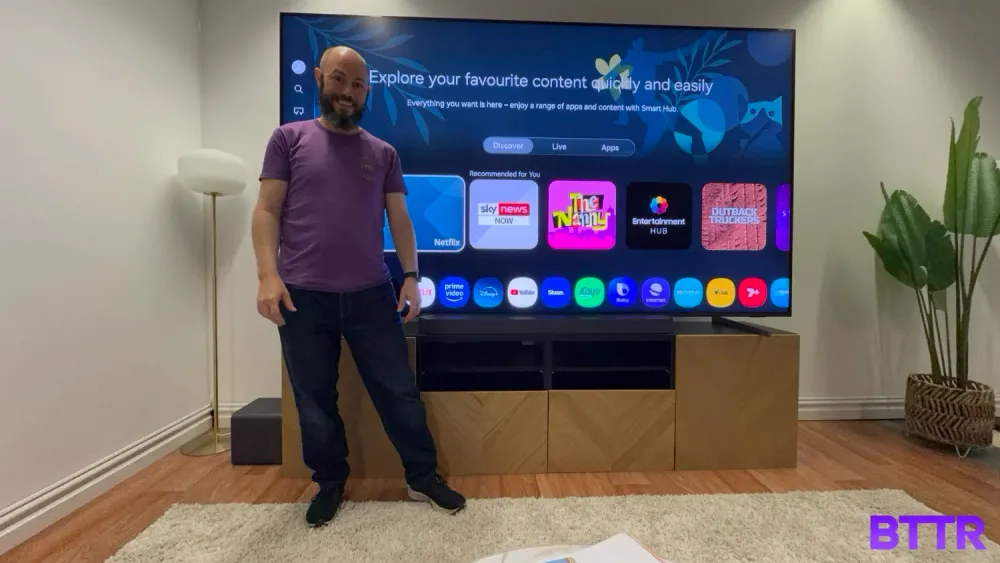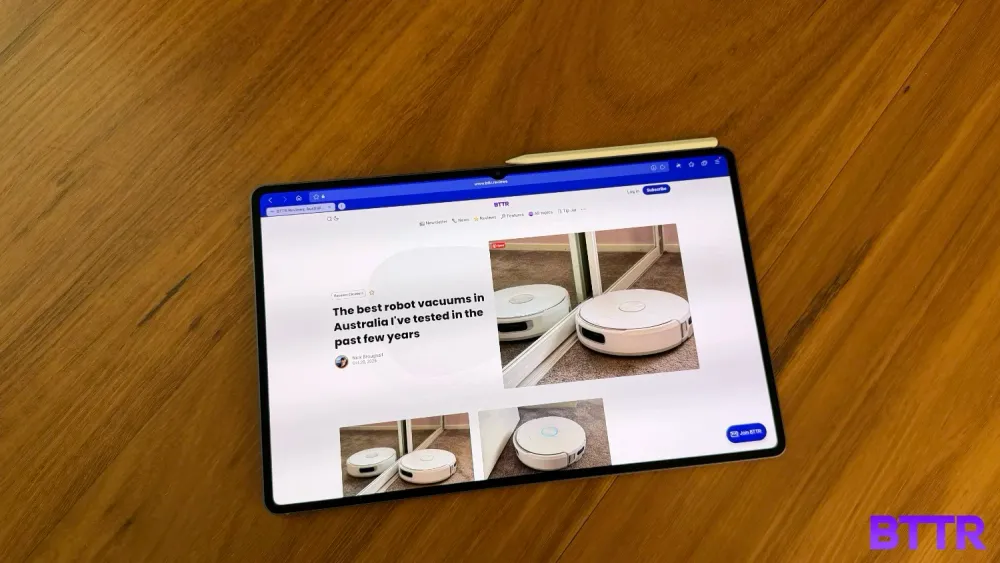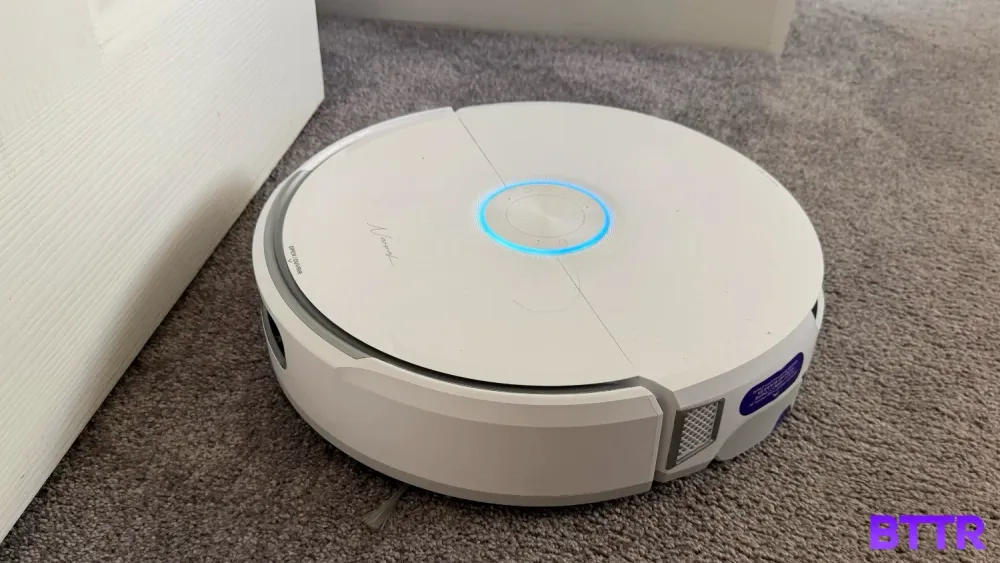BTTR is independent, but we may earn money when you purchase through links on our site.
Scores
- Design: 9/10
- Performance: 8.5/10
- Overall: 8.8/10
Pros
- Impressive camera software
- Fast and functional
- Great value for money
Cons
- Camera housing design isn't for everyone
- Body is slippery
- Benchmark scores underwhelmed
The Google Pixel 7 builds upon the previous generations of Pixel devices in all the best ways.
Powered by the impressive Tensor 2 processor, Google has brought some impressive improvements to the Pixel 7’s cameras, with a stunning display and a really, really attractive asking price.
As we’ve come to expect, Google has kept the best hardware improvements, like a telephoto lens and a bigger screen, for the Pixel 7 Pro.
But there is so much to like here, it’s hard not to recommend the Pixel 7 as a fantastic phone.
So much so that it is currently featured in both our best phones in Australia guide, and our list of the best Android phones.
Google Pixel 7 Design
After 15 years or so of smartphone designs, you don’t really expect there to be too much revolution in a new product.
The Pixel 7 continues the design ethos of the Pixel 6 family of phones. The most striking element of which is the protruding aluminium bar across the back that houses the twin camera array.
The bar sticks out a fair way, too. I noticed that after a day or two of travelling around in my pocket, the small section of plastic back above the camera began to collect a fair amount of dust.
It’s certainly a different approach compared to the corner protrusion found in most of the other flagship phones on the market. Ultimately, I don’t think this is the best solve for the challenge of housing camera arrays that are thicker than the rest of the phone.
That aluminium runs around the frame of the phone as well, with a power button and volume rocker resting on the right-hand side and the SIM card slot on the left.
At the bottom of the device you will find the USB-C charging port, though there’s wireless charging available as well.
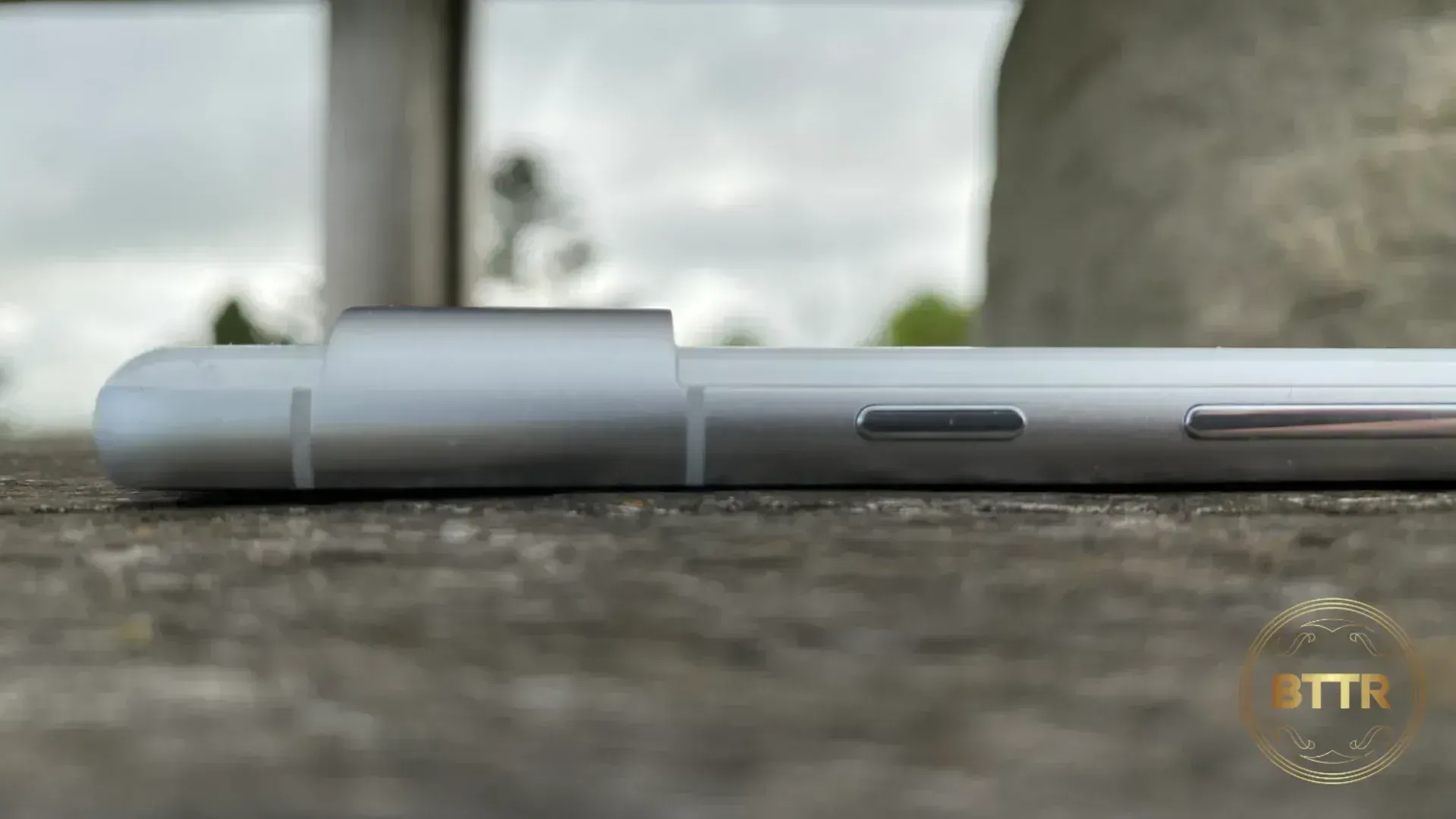
The back of the Pixel 7 (excluding the aluminium camera bar) is made of Gorilla Glass Victus, just like the screen. That helps it look stylish, but it also means it is slippery in the hands. Super-slippery. You can obviously alleviate some of this with a case, though.
Powerful display
The 6.3-inch OLED screen is a little smaller than the Pixel 6, which also helps keep the weight down, though there’s no sense that the Pixel 7 is a small phone.
The phone features a combo of biometric features to help you unlock the device, with an under screen fingerprint scanner and face detection.
When it works, unlocking your phone is effortless, coming a long way from the nine-point pattern design of early Android devices.
When it doesn’t though, it can be a bit frustrating. Occasionally, while wearing dark sunglasses, the phone wouldn’t unlock. I can understand the challenge if it was purely relying on facial recognition, but the fingerprint scanner failed to pick up on my digits as well.
Still, I did appreciate the subtle highlighting of the front pinhole camera when it was trying to unlock using my face.
Performance
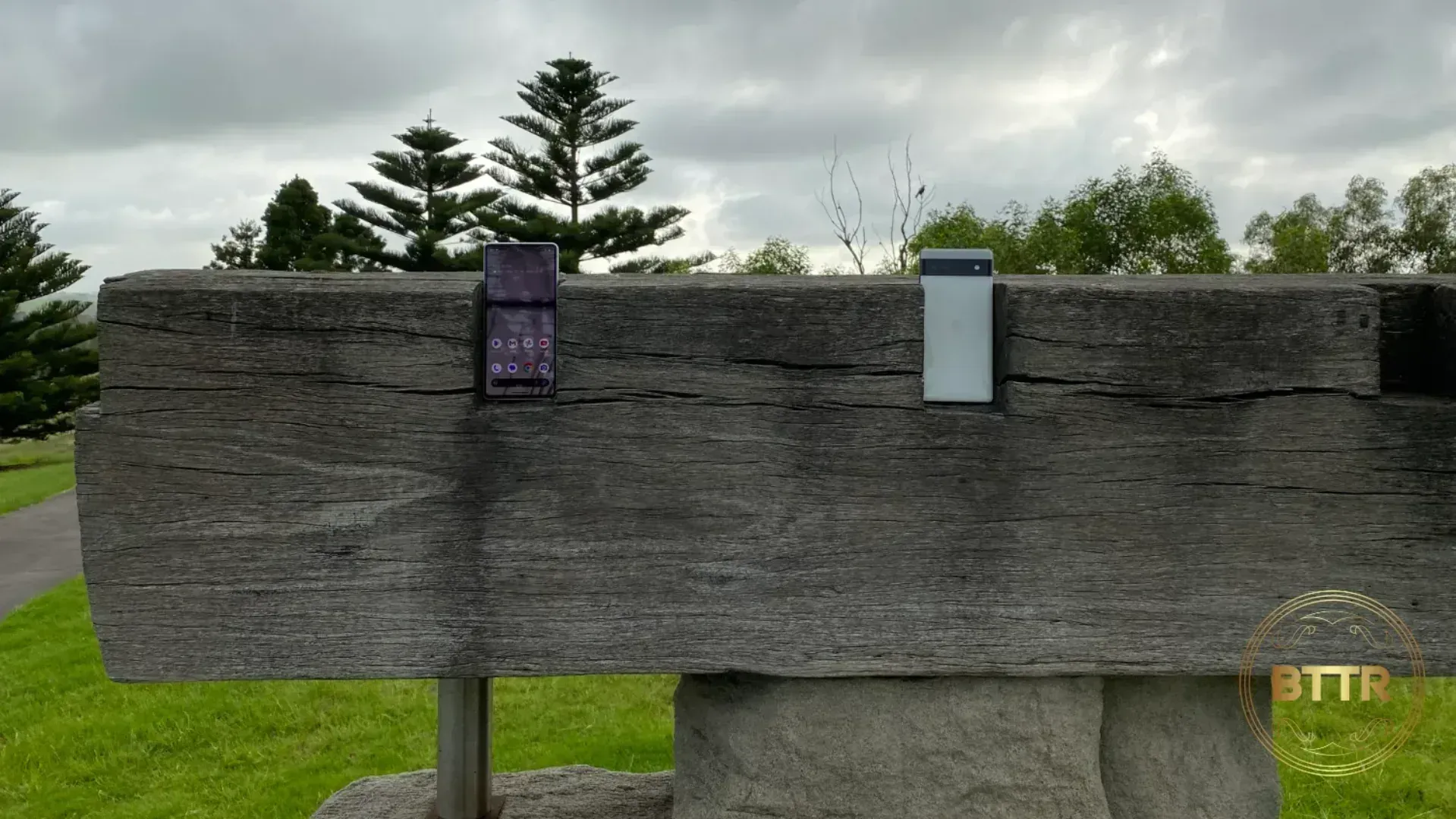
Google’s first generation of the Tensor processor impressed pundits when it launched in the Pixel 6, and the Tensor G2 is an impressive improvement.
From a benchmark perspective, our Geekbench 5 tests came back at 1,038 for the single-core CPU test and 3,172 for multi-core. The Vulkan computing test, which measures the GPU’s computing performance, came back at 4,528.
As a point of comparison, the Pixel 6a scored 1,063 for single core, 2,968 for multi-core and 7,550 for the computing test.
You can see then that from a CPU perspective, there’s not too much difference between the Pixel 7 and Pixel 6a.
Benchmarks are not real-life usage, though, and when it comes to using the Pixel 7 every day, the phone does a fantastic job at pretty much everything you throw at it.
From web browsing to video streaming and gaming, I didn’t experience any hangups or stutters from a performance side. Everything felt snappy and fast.
And on the battery front, the Pixel 7 promises all day battery life, and up to three days in low-power mode.
On an average day, I managed to get through from my morning to bedtime without having to top up.
Camera Performance
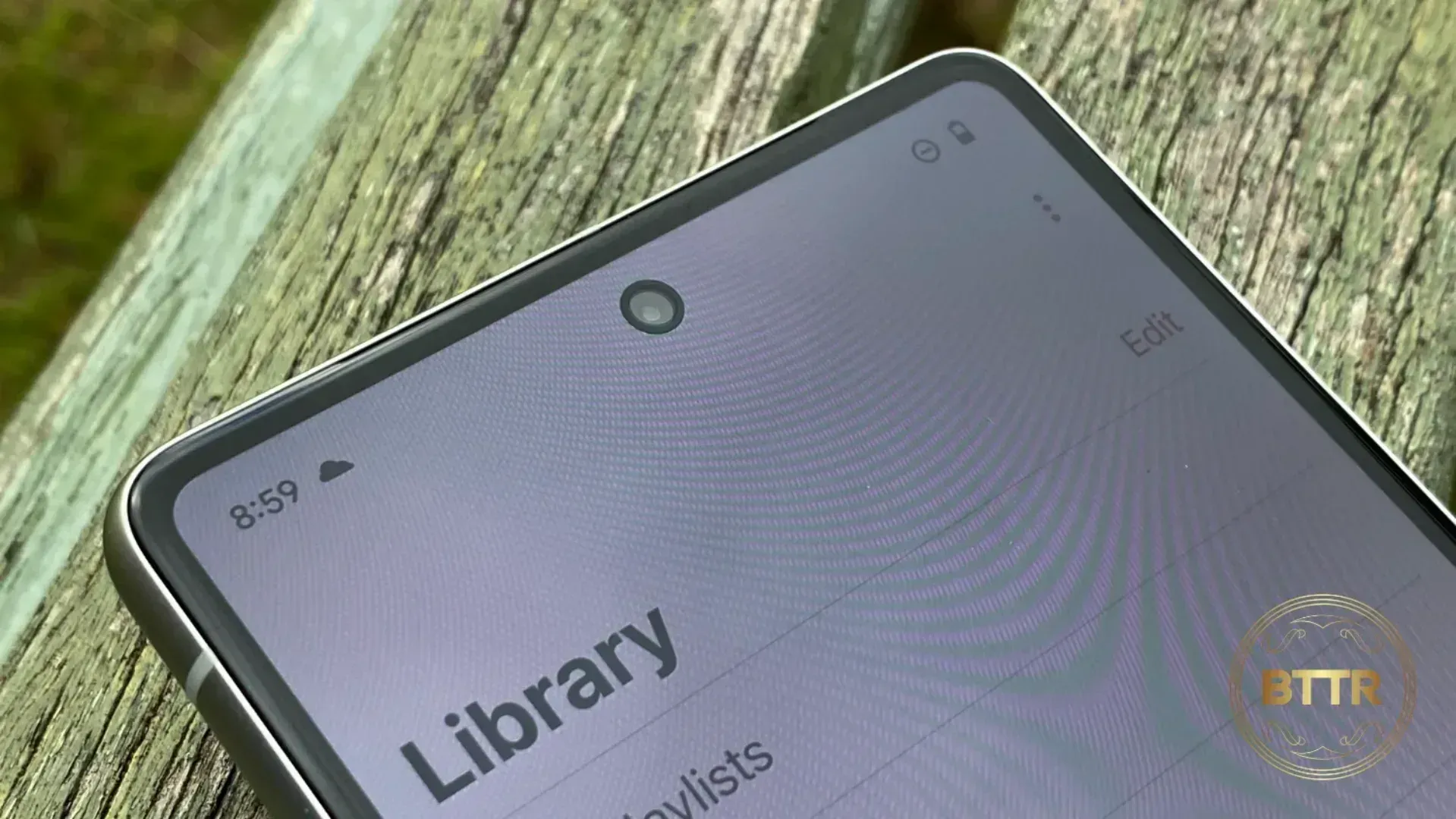
The most exciting developments in smartphones over the past couple of years have typically come from the camera advancements.
Google hasn’t really done much to the hardware side of things here. The Pixel 7 has the same dual camera array as the Pixel 6, with a 50MP lens and a 12MP ultra-wide lens.
That means that there is no optical zoom on the Pixel 7. If you want to try to get in close, you’ll need to pick up the Pixel 7 Pro.
On the front of the phone, Google has improved the pinhole camera to the same 10.8MP snapper as the Pixel 7 Pro. It also comes with an increased field of view, so your selfies should get more people in without having to really stretch your arm out there.
The main improvement is software
While the main camera hardware hasn’t seen much of a step-up, Google has done a fair amount on the software front to deliver some really clever improvements to the image processing.
The most impressive of which is Photo Unblur, which can sharpen a blurry photo with the press of a button.
It doesn’t always work — some photos are just too far gone to be saved. But if the blurring is subtle, then watching the phone make the photo usable is pretty impressive.




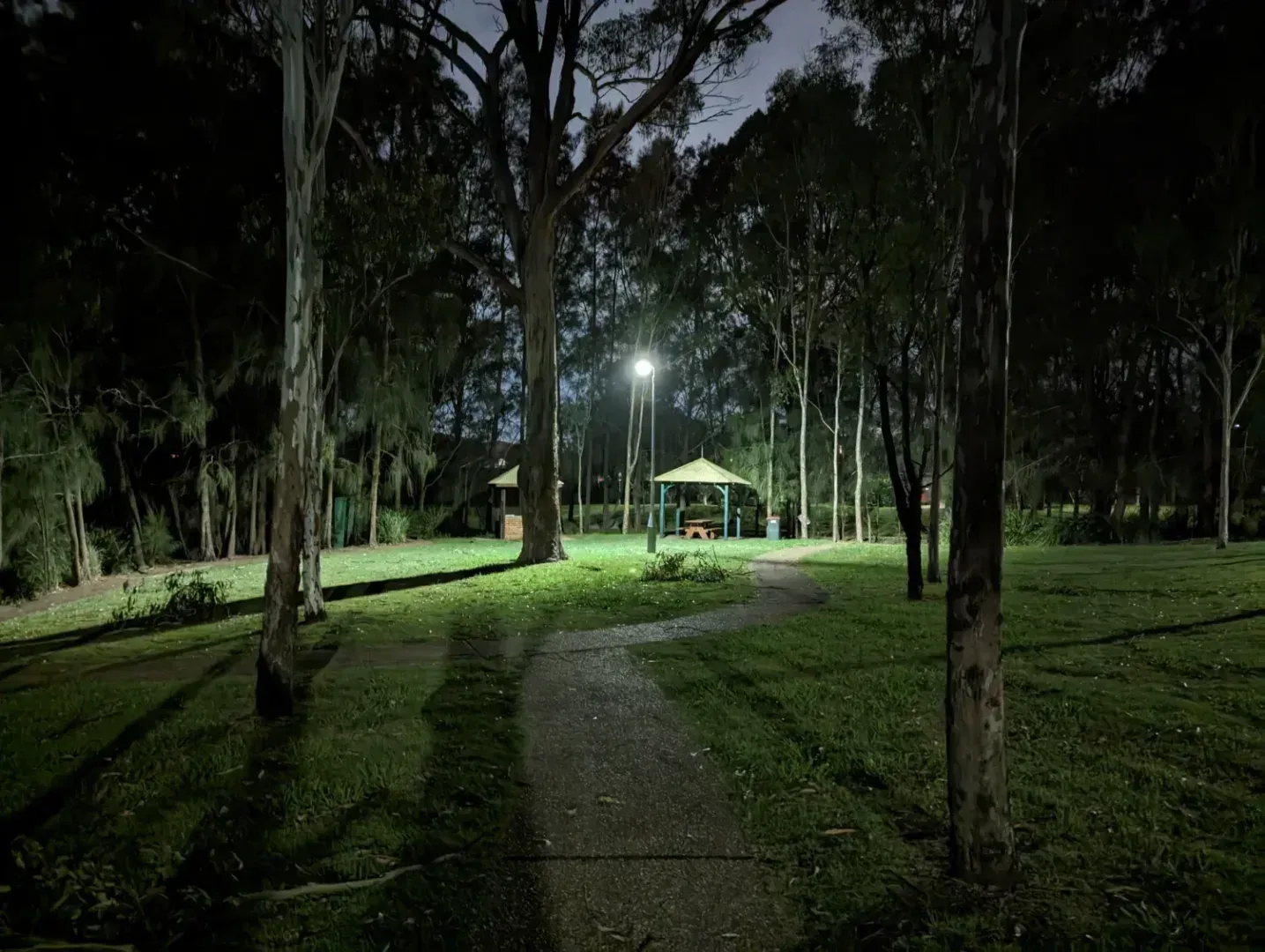
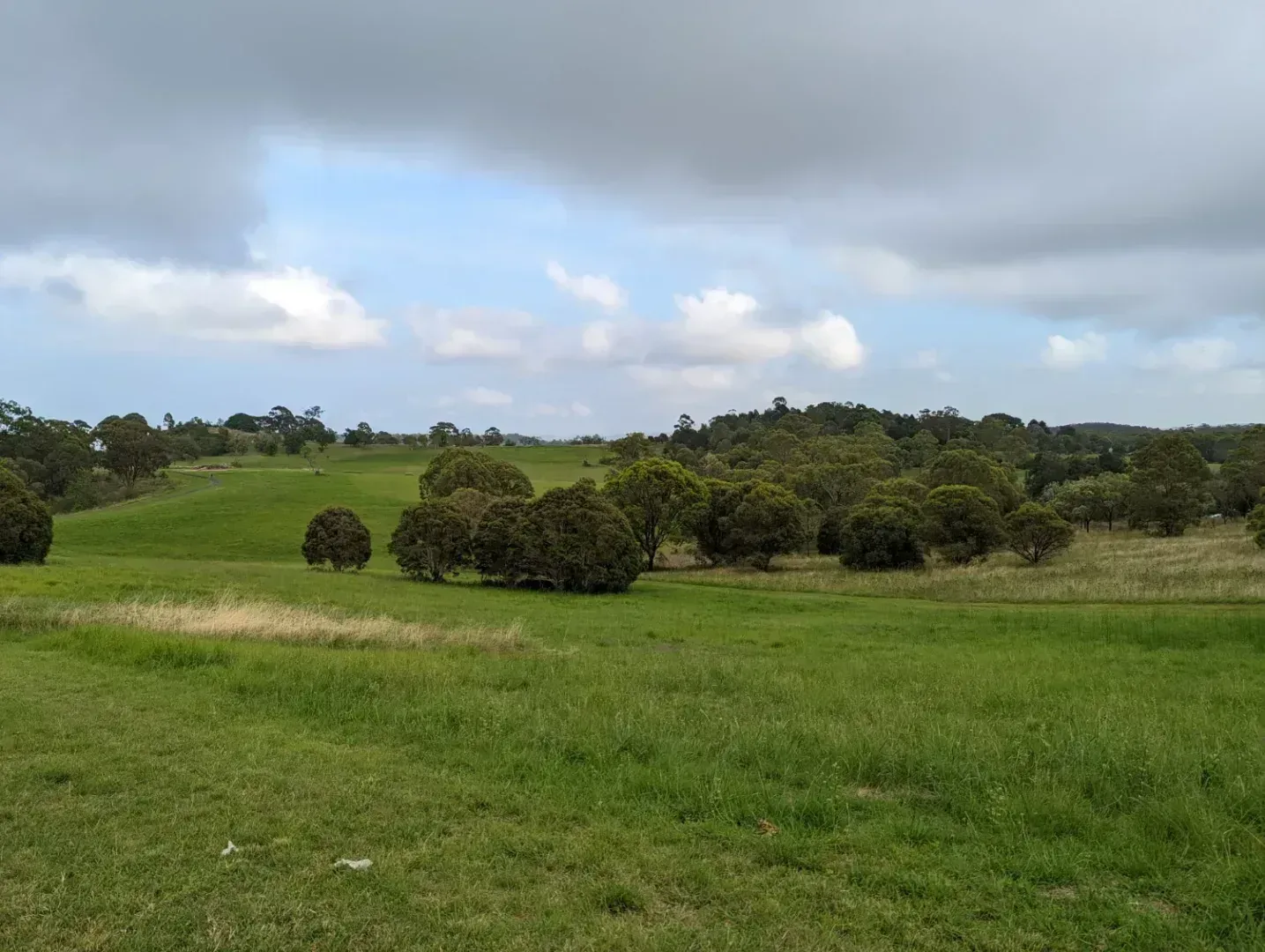
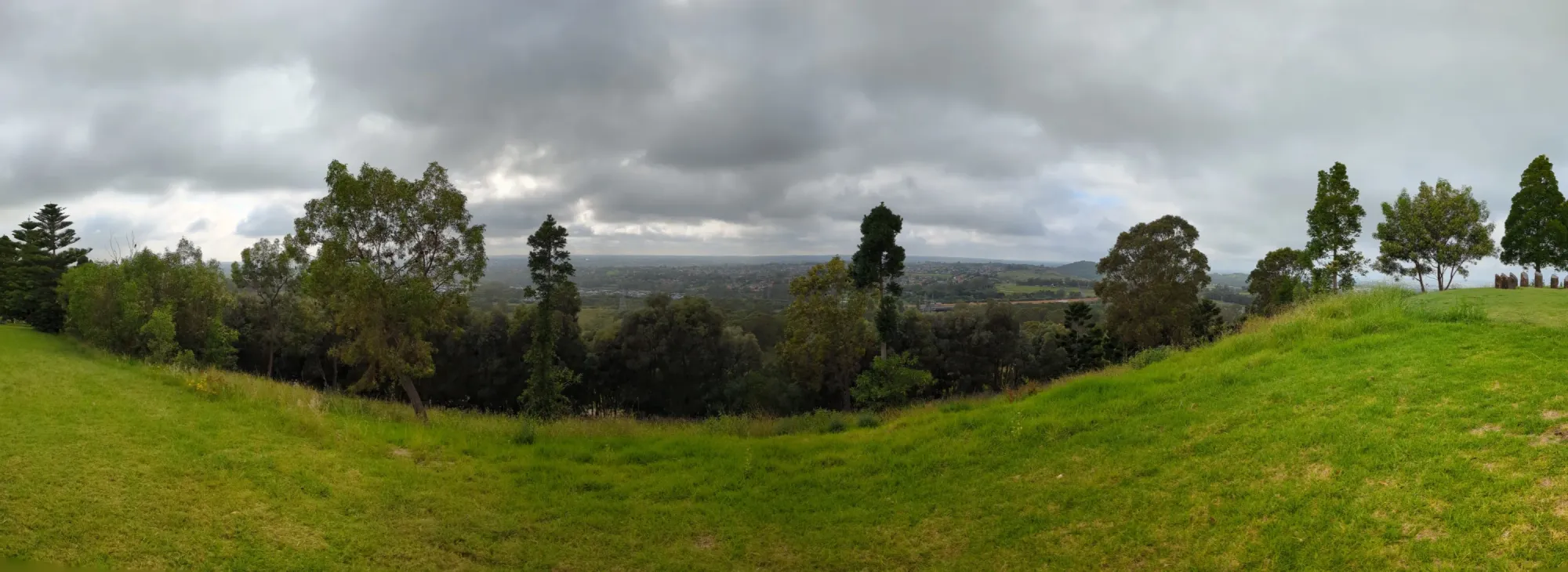

Also impressive is the phone’s ability to take night photos. While low-light photography has been a focus across most major flagships for the past few years, the Pixel 7’s implementation is faster compared to the Pixel 6.
You can also use the camera’s software to take deeper images with max night mode, which keeps the shutter open a bit longer to add even more detail.
From a video perspective, Google introduced a cinematic blur shooting mode to add a software-driven bokeh effect to your videos.
There are also improvements to image stabilisation, which works remarkably well, whether you’re trying to shoot something at a distance and keep it in the frame or trying to video while walking or running.
Verdict
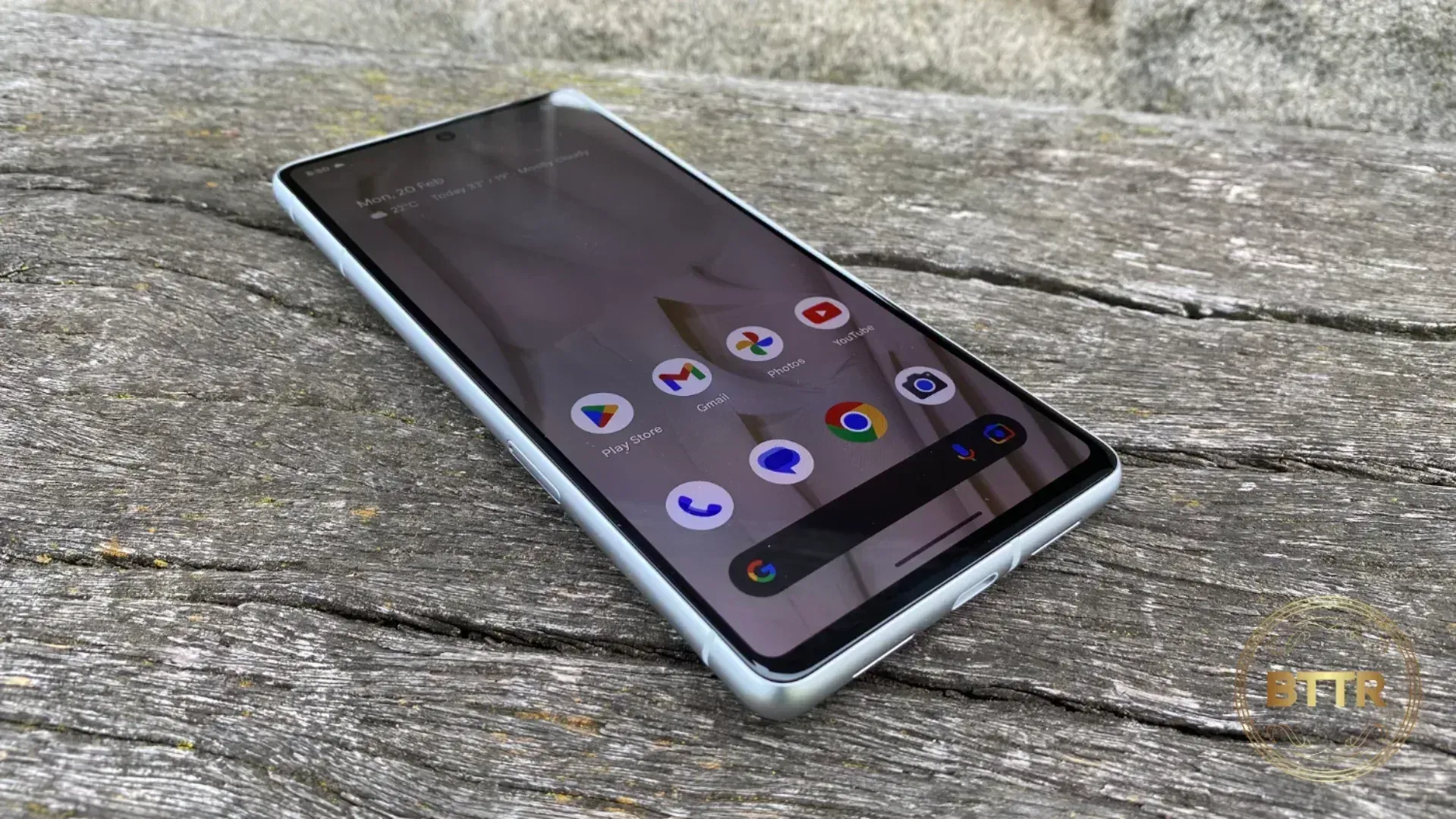
Google has struck a remarkable balance here. Placed between last year’s impressive budget Pixel 6a and the premium Pixel 7 Pro, the Pixel 7 offers an impressive range of features at a sub-$1,000 price point in Australia.
For some people, the step-up to the Pixel 7 Pro will be worth it to get the optical zoom camera and increased screen size. others will prefer to opt for the budget Pixel 6a.
But for most people, the Pixel 7 is a fantastic smartphone option that runs the purest form of Android, and is guaranteed updates for the next three years.
Buy the Google Pixel 7 online
Google Pixel 7
Placed between last year’s impressive budget Pixel 6a and the premium Pixel 7 Pro, the Pixel 7 offers an impressive range of features at a sub-$1,000 price point in Australia.

